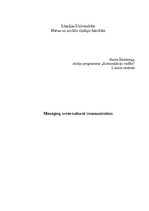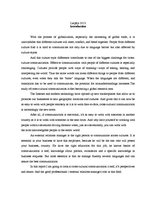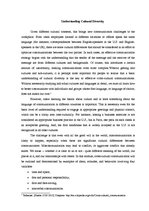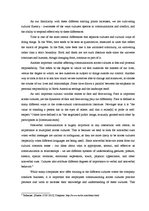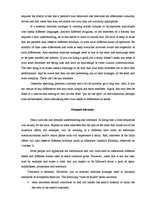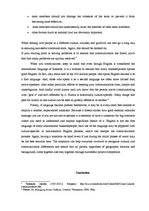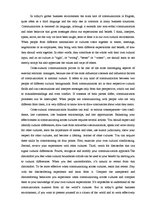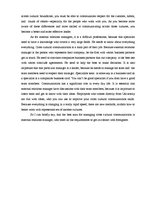-
Managing Cross Cultural Communication
Conclusion
In today‘s global business environment the main tool of communication is English, quite often as a third language and the only one in common in many business situations. Communication is centered on language, although it extends into non-verbal communication and other behavior that gives messages about our expectations and beliefs. I think, interpret, speak, move, eat the way we have been taught, seen or done it in our own cultural environment. When people from different nationalities or cultures come together in teams, meetings, negotiations or as employees, they bring with them different expectations and beliefs, of how they should work together. In other words, they contribute to the whole with their own cultural input, and as no culture is “right’, or “wrong”, “better” or ‘‘worse‘‘, we should learn to not merely accept but also appreciate the values and ways of others.
Cross-cultural communication proves to be one of the most challenging aspects of external relations managers, because one of the most influential contexts and influential factors of communication is national culture. It refers to any kind of communication between two people of different cultural backgrounds. Both communicators act in their respective cultural fields and can communicate and interpret messages only from that perspective, which can lead to misunderstandings and even conflict. If contexts of both parties differ, communication processes can be interrupted. When people are communicating with people who are very different from them, it is very difficult to know how to draw conclusions about what they mean.
…
In today‘s global business environment the main tool of communication is English, quite often as a third language and the only one in common in many business situations. Communication is centered on language, although it extends into non-verbal communication and other behavior that gives messages about our expectations and beliefs. I think, interpret, speak, move, eat the way we have been taught, seen or done it in our own cultural environment.

